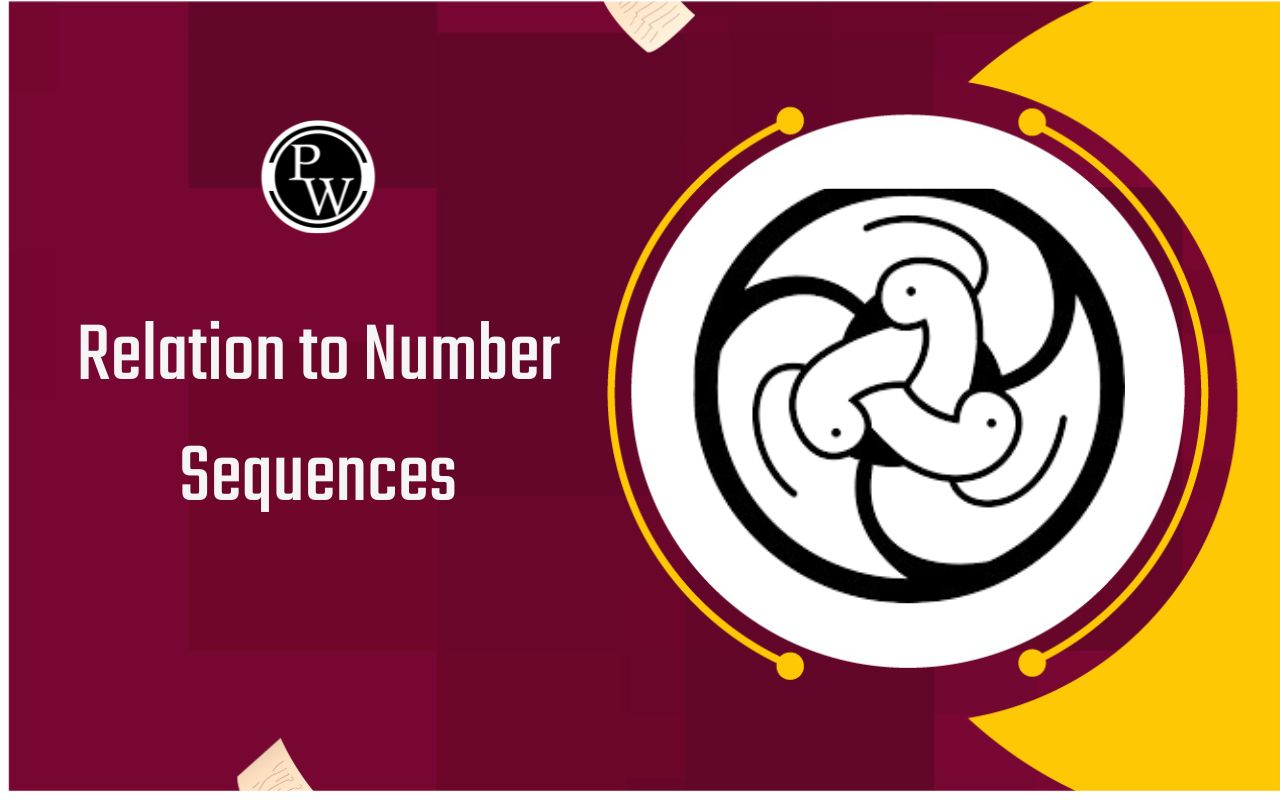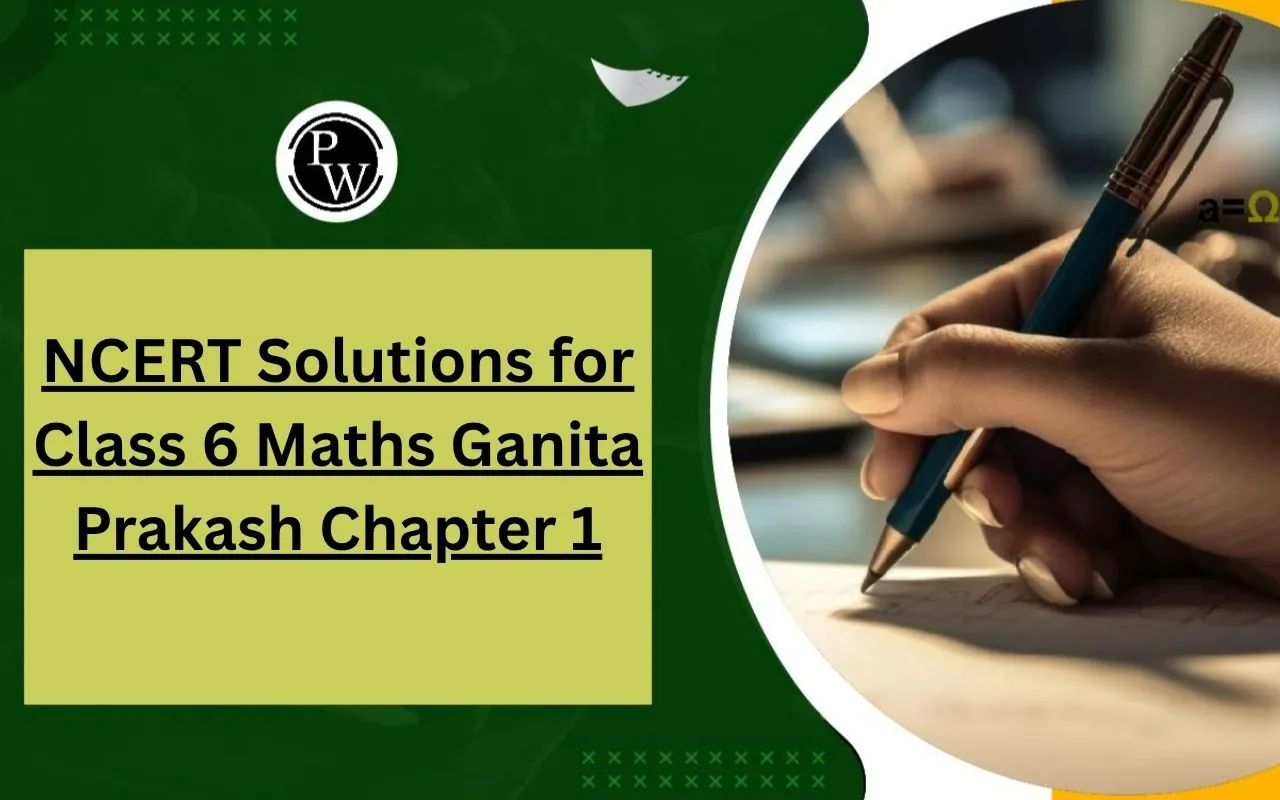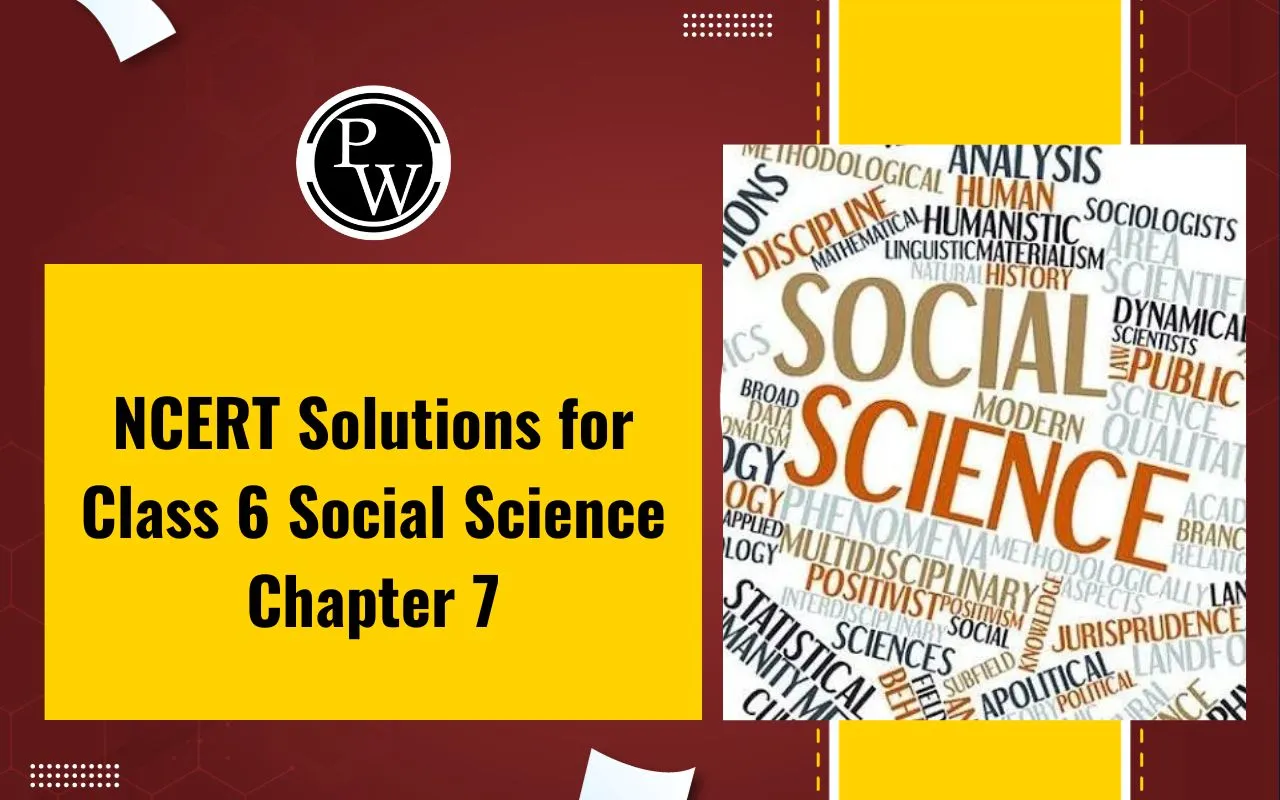
CBSE Class 6 Political Science Notes Chapter 1: In Chapter 1 of CBSE Class 6 Political Science Understanding Diversity introduces students to the concept of diversity in India. It explains how people from different backgrounds, cultures, languages, and religions come together to form a vibrant and varied society.
The chapter highlights that despite these differences, all individuals have the right to equality and are an integral part of the nation's unity. It also discusses how diversity enriches our lives and fosters mutual respect and understanding. Through this chapter, students learn to appreciate the importance of diversity and the need for inclusiveness in society.CBSE Class 6 Political Science Notes Chapter 1 Quick Overview
CBSE Class 6 Political Science Notes Chapter 1 Understanding Diversity are prepared by subject experts from Physics Wallah. These notes provide a clear and detailed overview of the chapter, helping students grasp the concept of diversity in India. The notes explain how various cultures, religions and languages coexist, enriching our society. With simplified explanations, they make it easy for students to understand the importance of diversity and equality. These notes are a valuable resource for both classroom learning and exam preparation ensuring a strong understanding of the chapter's key concepts.CBSE Class 6 Political Science Notes Chapter 1 PDF Download
CBSE Class 6 Political Science Notes Chapter 1 Understanding Diversity are available in a PDF format for easy access and reference. The PDF link provided below allows students to download the notes for offline use, making it a convenient resource for both classroom study and exam preparation. Simply click on the link to access the detailed notes.CBSE Class 6 Political Science Notes Chapter 1 PDF
CBSE Class 6 Political Science Notes Chapter 1 Understanding Diversity
Below we have provided CBSE Class 6 Political Science Notes Chapter 1 Understanding Diversity-Unity in Diversity
India’s strength lies in its rich tapestry of diversity, which has long been a source of unity and pride. Despite the myriad cultural, religious, and regional differences among its people, India’s history is a testament to how these differences can come together to form a powerful collective force. During the struggle for independence, individuals from various backgrounds united in their fight against British colonial rule, demonstrating that unity can flourish despite diversity. The freedom movement saw people from different communities and regions collaborating, enduring hardships, and devising strategies to resist oppression. The ability of Indians to stand together in their quest for freedom, despite their diverse backgrounds, is a powerful example of this unity. The song composed to honor the victims of the Jallianwala Bagh massacre and symbols like the Indian flag became emblematic of this collective spirit. Jawaharlal Nehru, in his book The Discovery of India, emphasized that Indian unity is not externally imposed but is a deep-seated, internal quality that embraces and encourages diverse beliefs and customs. His phrase “unity in diversity” beautifully captures the essence of how India's vast array of cultures and traditions come together harmoniously, strengthening the nation.Important Questions for CBSE Class 6 Social Science Political Science Notes Chapter 1 Understanding Diversity
Here are the important questions and answers of CBSE Class 6 Political Science Notes Chapter 1-Que 1. Tell about the festivals celebrated by different religions in your surroundings.
Ans. India is a land of immense cultural and religious diversity. Various festivals celebrated by different religious communities reflect this rich diversity. Some of the prominent festivals include:- Diwali : A major festival celebrated by Hindus, marked by lighting lamps, bursting fireworks, and sharing sweets.
- Durga Puja : A significant festival for Bengalis, honoring the goddess Durga with elaborate decorations and rituals.
- Eid : Celebrated by Muslims, it marks the end of Ramadan with feasts, prayers, and community gatherings.
- Christmas : A festival for Christians celebrating the birth of Jesus Christ, observed with church services, decorations, and festive meals.
- Baisakhi : Celebrated by Punjabis, it marks the harvest season and the formation of the Khalsa in Sikhism.
Q2. What are the learnings you gain from the rich and diverse heritage of India?
Ans. India's rich and diverse heritage offers several valuable lessons:- Mutual Respect : Emphasizing the importance of respecting different cultures, religions, and traditions.
- Tolerance : Encouraging acceptance and understanding of varying customs and beliefs.
- Communication : Learning to interact and communicate with people from diverse backgrounds.
- Support : Offering help and support in diverse situations, fostering a sense of community.
Que 3. How does the term “unity in diversity” describe India? What has Jawaharlal Nehru said about diversity in his book “The Discovery of India”?
Ans- The phrase “unity in diversity” perfectly captures India’s essence. Despite its vast cultural, religious, and regional differences, India remains united. People from various backgrounds live together harmoniously, celebrating national festivals and upholding shared values. In his book The Discovery of India , Jawaharlal Nehru described this unity as deeply rooted in Indian society. He highlighted that Indian unity is not enforced from outside but is a natural result of embracing diverse customs and beliefs. Nehru's idea of unity in diversity reflects the nation's ability to respect and encourage varied traditions while maintaining a cohesive identity.Que 4. What was the poem sung after the Jallianwala Bagh massacre? Describe.
Ans- The poem sung after the Jallianwala Bagh massacre reads: “Don’t forget the days of blood, O friend In the midst of your happiness, remember to shed a tear for us The hunter has torn away every single flower Do plant a flower in the desert garden, dear friend Having fallen to bullets, we slept in Jallianwala Bagh Do light a lamp on this lonely grave, O friend The blood of Hindus and Muslims flows together today Do soak your robe in this river of blood, dear friend Some rot in jails while others lie in their graves Do shed a few tears for them, O friend.” This poem poignantly reflects the unity and sacrifice of Indians, irrespective of their religious differences, in the struggle for freedom. The line about the blood of Hindus and Muslims flowing together symbolizes the collective effort and shared suffering of different communities during the fight for independence.Que 5. Choose any two regions of India and differentiate their diversity and also explain how the people in these two diverse states are still connected.
Ans- Rajasthan and Odisha are two distinct regions in India with unique diversities:
- Rajasthan : Located in the west, Rajasthan is known for its arid desert landscape, limited vegetation, and scanty rainfall. It has a rich cultural heritage reflected in its festivals like the Pushkar Fair and Desert Festival, and a distinctive cuisine.
- Odisha : Situated in the east, Odisha has a more varied landscape with mountains, plains, and beautiful beaches. It experiences more rainfall due to monsoons and cyclones. Key festivals include the Rath Yatra and a diverse range of traditional dishes.
Benefits of CBSE Class 6 Social Science Political Science Notes Chapter 1 Understanding Diversity
- Enhanced Awareness of Diversity : The notes help students grasp the concept of diversity by illustrating how people from different backgrounds, languages, and cultures interact and coexist. Understanding these differences enriches students perspectives on the world.
- Improved Social Skills : The notes provide examples of how people from diverse backgrounds can communicate and build friendships despite their differences. This can enhance students social skills and encourage them to embrace diversity in their own lives.
- Critical Thinking Development : Analyzing diversity encourages students to think critically about societal structures, cultural interactions and the impact of diversity on daily life, helping to develop their analytical skills.
- Encouragement of Empathy : Learning about different ways of life and the challenges faced by various communities helps students develop empathy and a deeper connection to people from different backgrounds.
|
CBSE Class 6 Political Science Revision Notes |
CBSE Class 6 Political Science Notes Chapter 1 FAQs
What is the concept of diversity?
Why is understanding diversity important?
How does diversity benefit society?
Can diversity lead to conflict?








